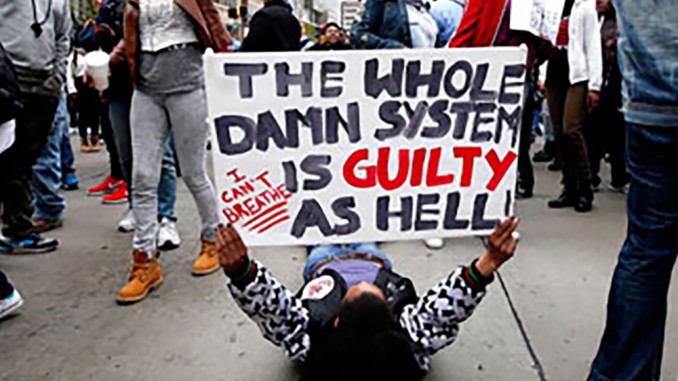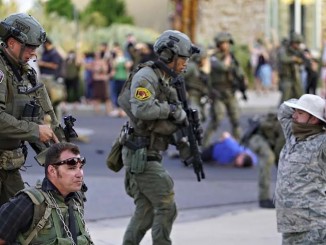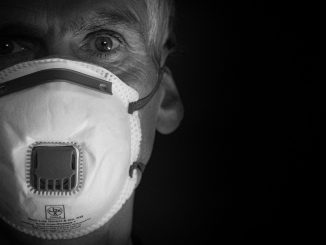
In Baltimore City, Maryland, the living legacy of racial segregation, economic inequality and poverty dominate the health of the population. Like many U.S. cities, Baltimore has a large population of people of color, and the deeply ingrained racism in society is affecting the impact of the coronavirus.
The city’s poverty rate is nearly double the national average; over one-third of Baltimore households earn less than $25,000 a year. Baltimore is 60 percent African American. From the richest neighborhoods to the most impoverished the life expectancy drops by twenty years.
The racist nature of capitalism has relegated whole sections of this city as sacrifice zones: tens of thousands who do not fit into the schemes of a profit-driven economy are left with high unemployment and inadequate healthcare, education, and other social resources. Black babies are nine times more likely to die before their first birthday than white infants in the city. HIV diagnoses in the city are seven times the national average. Black residents are twice as likely to die from diabetes-related illnesses than whites. The conditions of high blood pressure, obesity, and diabetes are the result of food deserts, healthcare deserts, and systemic poverty.
As the coronavirus spreads through this city, it’s no surprise that the highest concentration of infections (outside of nursing homes) is in Black neighborhoods. The overwhelmingly Black working class in Baltimore drives buses, stocks grocery stores, delivers packages, and provides health care, and most rely on public transportation. Social distancing is impossible. Black Baltimoreans will bear the brunt of the virus, as it latches onto the vulnerability of the victims of racial oppression.
Featured image credit: AP Photo / Alex Brandon
Image from Baltimore Black Lives Matter demonstration in April, 2015




